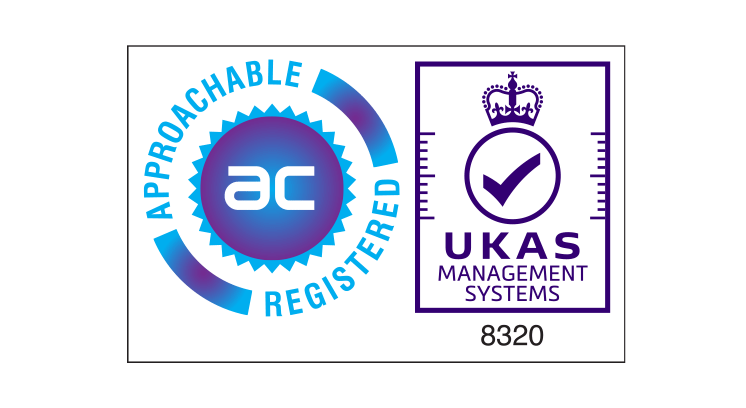Asset performance management is considered an important operational metric across the Utility industry – optimizing reliability, availability and safety. Organisations within the Utility Industry are transitioning from reactive to preventive to predictive maintenance strategies, resulting in significantly reduced asset downtime and notable increases in productivity, efficiency, and profitability.
Whilst traditionally the Utility industry has employed numerous maintenance techniques to identify failures models and limit asset downtime, the emergence and availability of new connected technologies enables machinery to automatically do this. Implementing smart technologies maximizes the lifespan of machine components whilst simultaneously avoiding asset failure and unnecessary operational downtime. Poor maintenance strategies have been reported to reduce productive capacity from between 5% to 20% yearly.
Field driven studies also demonstrate that unplanned maintenance downtime bears a heavy financial burden – costing an estimated £40 billion yearly. Data driven, analytical solutions such as IoT and mobile sensors are enabling a new approach to asset management strategy across the utility sector, allowing organisations in the Utility Industry to circumnavigate the operational and financial burdens associated with traditional break-fix models.
Asset management strategies often fall into one of the following four categories, each with varying challenges and benefits; Reactive maintenance, Planned maintenance, Proactive maintenance, Predictive maintenance.










